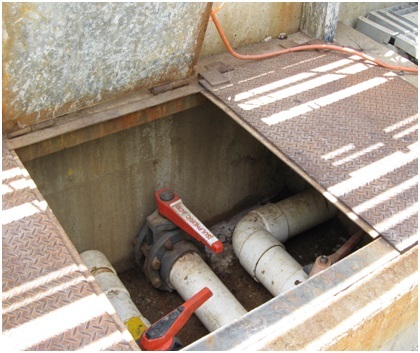Preventing occupational asthma

Occupational asthma occurs when a work-related action causes symptoms such as recurring soreness or watering of eyes, recurring blocked or runny nose, bouts of coughing, chest tightness, wheezing, breathlessness and persistent chest problems. Typically, these symptoms will improve during weekends or holidays.
Asthma can be divided into two types: sensitiser-induced and irritant-induced asthma, which is also known as reactive airway dysfunction syndrome (RADS).
Sensitiser asthma occurs over a period of time, whereby the immune system produces antibodies to foreign substances/microbes. The antibodies created by the body are proteins which destroy the foreign matter. During an asthmatic reaction these ‘immunoglobulin E’ antibodies attach to specific cells in the lung, and this physical process is a sensitive reaction. A sensitive reactive individual, when re-exposed with IgE antibodies, will release leukotrienes, which causes the physical narrowing of air passages.
By comparison, RADS appears after a single exposure and symptoms occur normally straight away, though they can appear within a 24-hour period after exposure. Symptoms can reappear later with a re-exposure event.
To prevent occupational asthma from affecting workers, Material Safety Data Sheets (MSDS) should be reviewed before used in a process. If labelled R42, it is a sensitiser by inhaling, and if labelled R42/43, it is a sensitiser by inhaling or by skin contact. If the sensitising agent cannot be eliminated by the employer, then a health surveillance program is required before the employee is exposed to the agent. They also require the correct level of personal protective equipment.
If a workplace has sensitising agents in its manufacturing process, air testing is mandatory by WHS legislation. An Occupational Matters hygienist is able to complete a comprehensive occupational hygiene assessment of contaminant concentrations or complete a risk assessment for your workplace.
Safe Work Australia has further information on this topic.
Smoke complexity, skin absorption and protective equipment in firefighter safety
To address health and safety questions raised by Australian firefighters, researchers have...
Will silicosis compensation costs rise despite Victoria's engineered stone ban?
Monash University researchers have explored whether silicosis compensation costs are set to...
Army aims to combat heat risk with wearable monitor prototype
A wearable heat risk monitor prototype for the Australian Defence Force is being trialled by Army...








